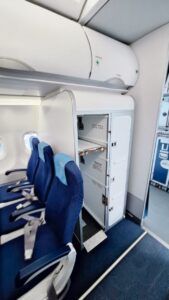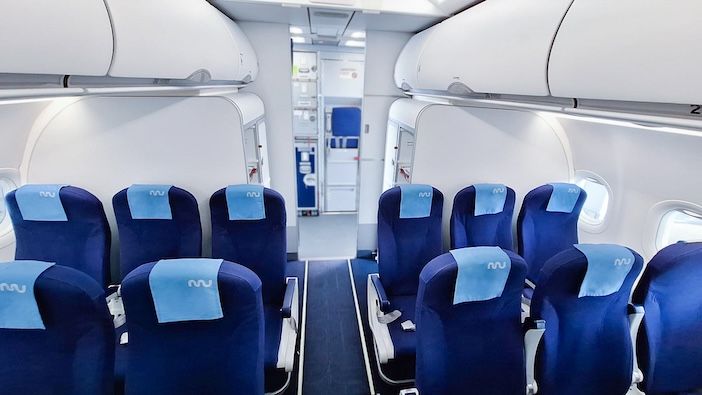J&C Aero, an EASA-certified cabin interior specialist, has received a new EASA Supplemental Type Certificate (STC No. 10087061) for an Airbus A320 Family cabin enhancement developed for Marabu, the Estonian leisure airline. The certificate covers the development and integration of under-bin closets, as well as cabin reconfiguration to optimise onboard catering capacity in high-density aircraft layouts.

With modern aircraft such as the A320neo and Boeing 737 MAX increasingly delivered with denser cabin configurations, galley space is often reduced to accommodate additional passenger seating and lavatories. This reduction poses a challenge for airlines aiming to maintain extended catering services – particularly during peak summer operations, when aircraft are flown at full capacity.
To address this, J&C Aero’s DOA team designed a modular under-bin stowage unit that increases catering and storage capacity without requiring major cabin modifications. The unit mounts directly onto existing seat tracks and supports various use cases, including galley trolleys, meal boxes, crew and emergency equipment, as well as passenger belongings. It can be installed either temporarily or permanently, offering operators enhanced operational flexibility.
“The underbin solution was developed with operational practicality in mind,” said Maxim Jurkov, head of design at J&C Aero. “It is a compact yet impactful upgrade that gives operators easy customisation based on changing needs in today’s ultra-competitive short- and mid-haul market.”
The under-bin closet was developed and tested internally by J&C Aero’s DOA and R&D teams, introduced to Marabu Airlines during Aircraft Interiors Expo 2025 in Hamburg, and is now fully certified by EASA. The first installations have already been completed by J&C Aero’s Part 145 team in Germany.
“We design our product with a clear focus on our guests and an openness to new ideas,” said Diana Strauss, director of customer journey at Marabu Airlines. “The new storage unit from J&C Aero is a perfect example: as the first of its kind, it creates additional space for catering and equipment, improves workflows for our crews, and enhances our operational flexibility.”





